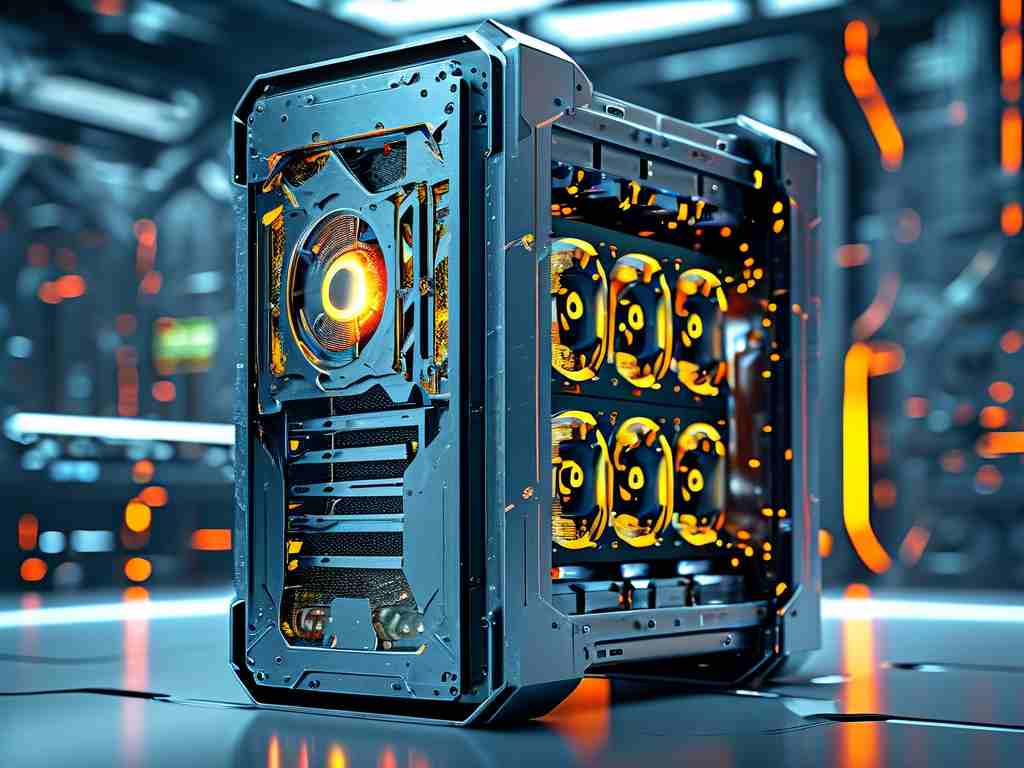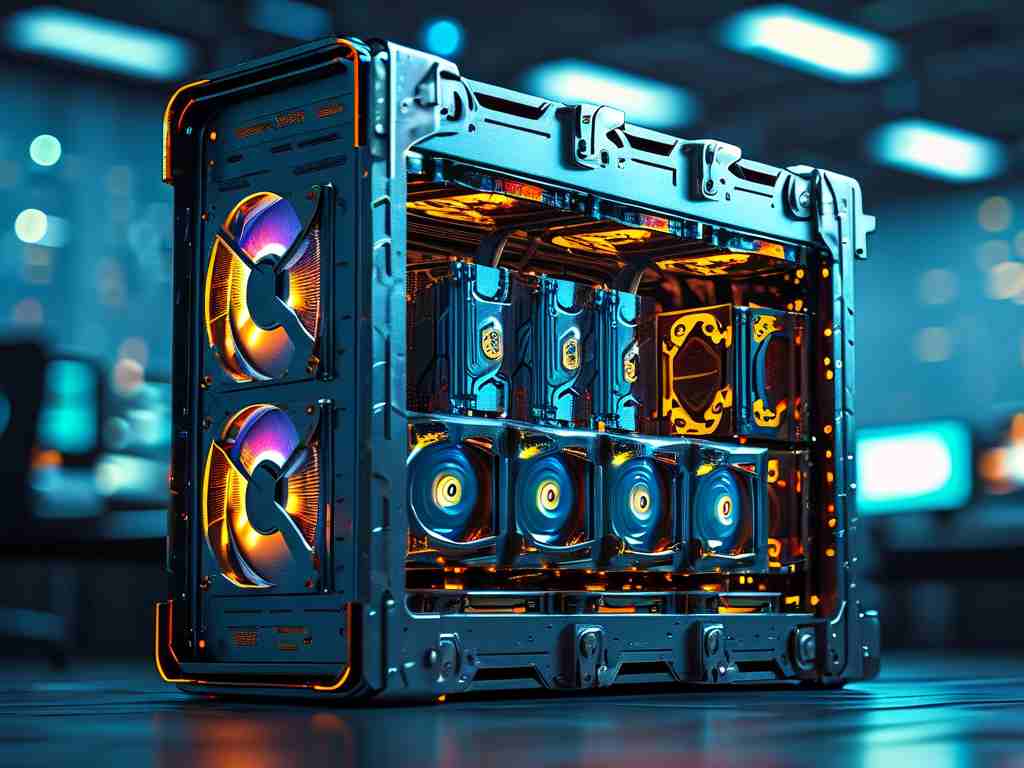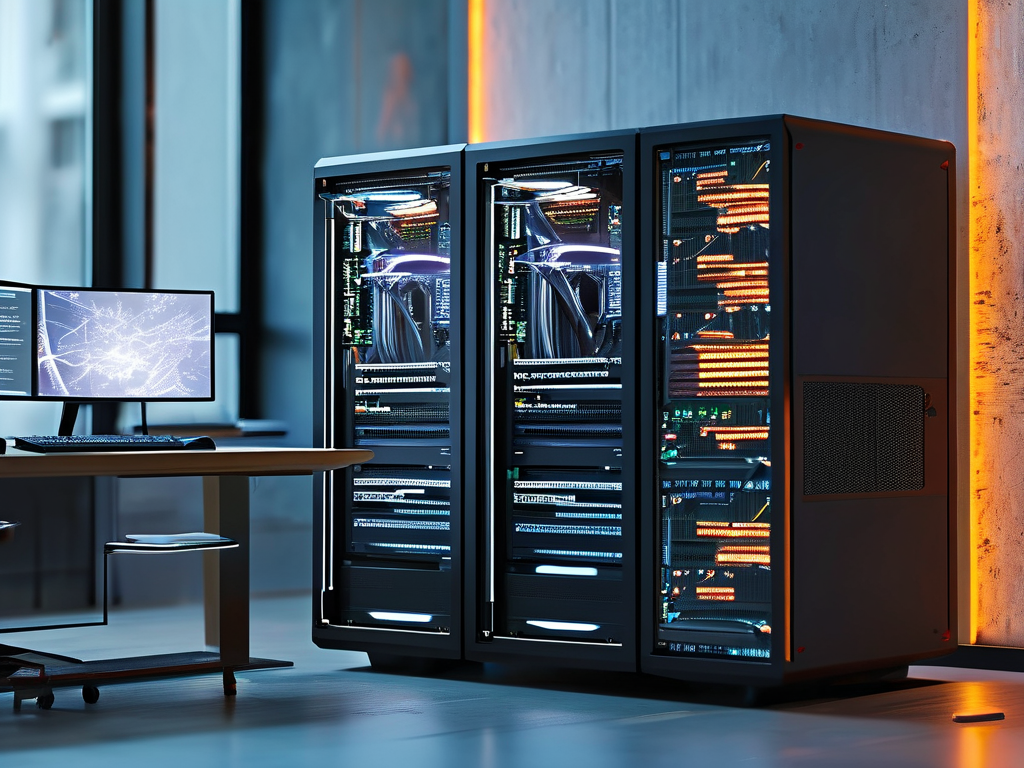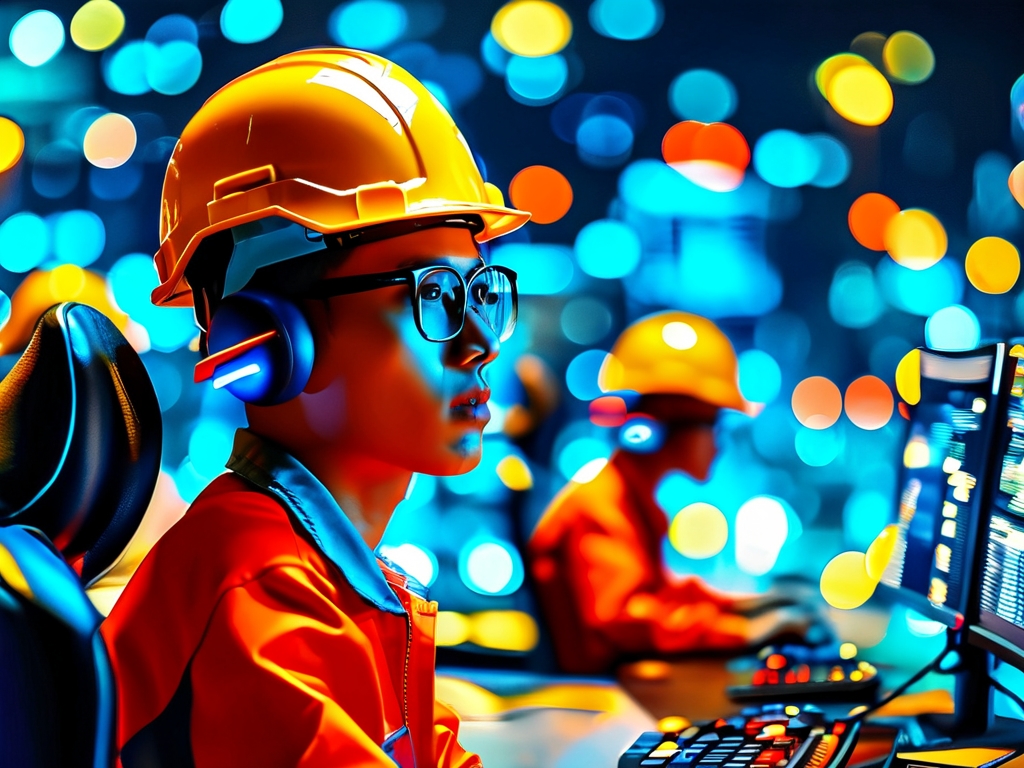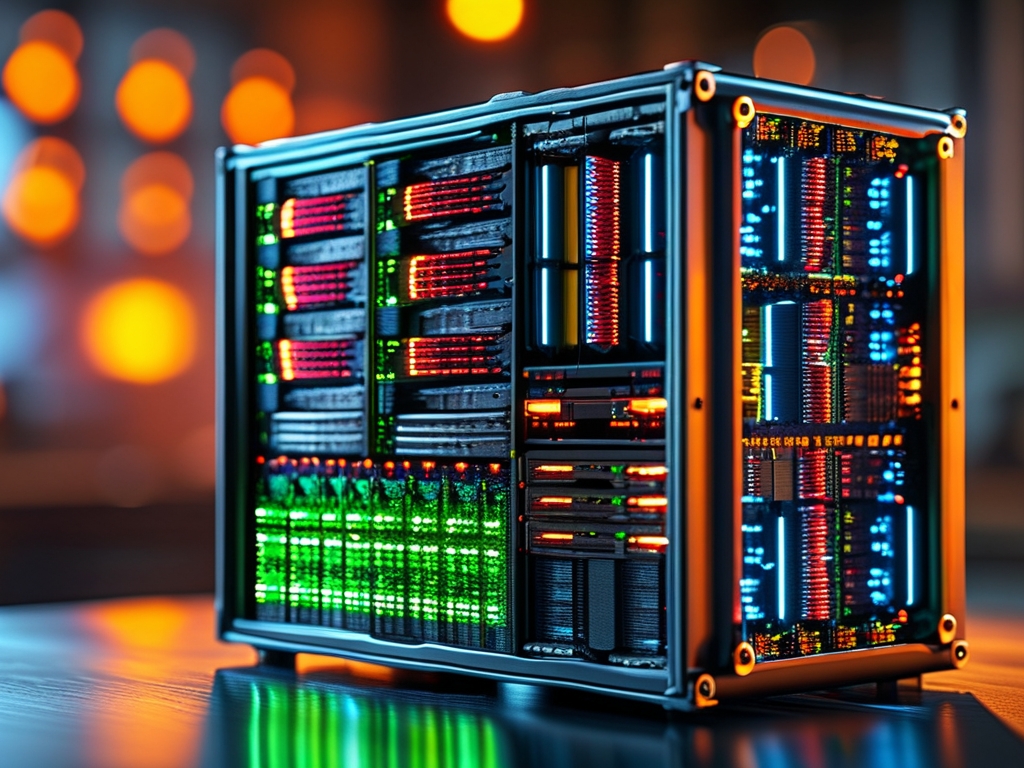The rapid evolution of artificial intelligence (AI) has created unprecedented demands for computational power, particularly in the realm of large language models (LLMs) like GPT-4, PaLM, and LLaMA. At the heart of this computational revolution lies a critical hardware component: server memory. This article explores the memory requirements of modern AI computing servers, analyzing why massive memory capacity is essential, how it impacts performance, and what the future holds for this crucial aspect of AI infrastructure.
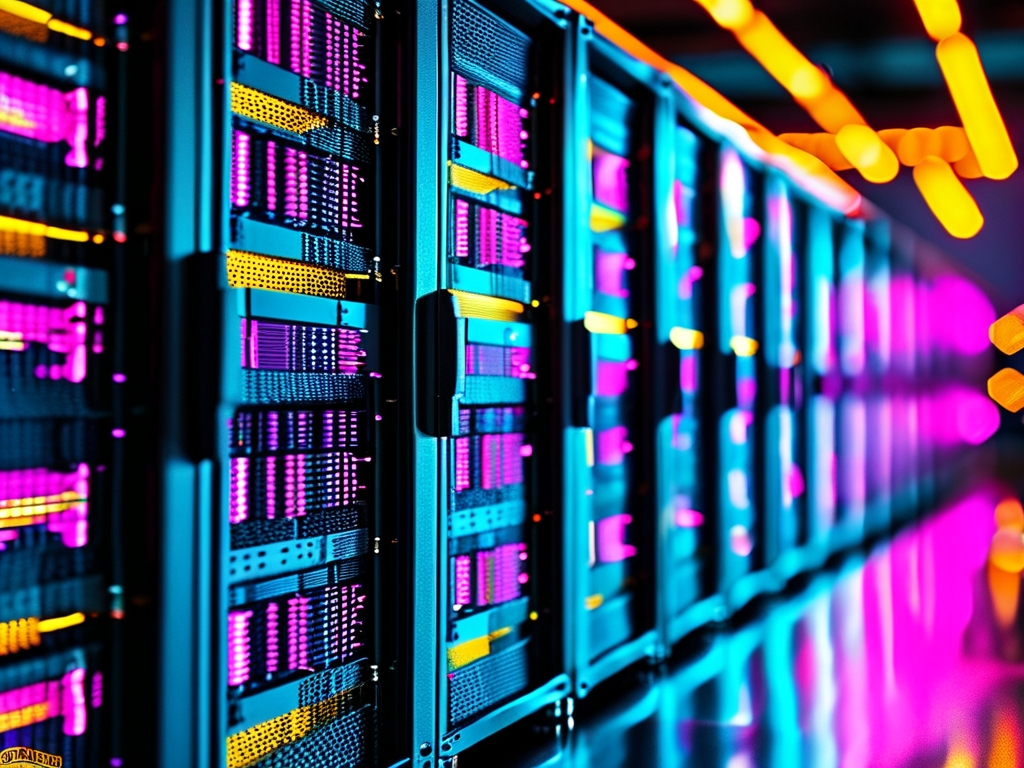
Why Memory Matters in AI Servers
Large AI models require extraordinary memory resources for two primary reasons:
- Model Parameter Storage: A single LLM like GPT-4 contains over 1.7 trillion parameters. Storing these parameters during training or inference demands terabytes of memory.
- Data Processing Workloads: Real-time processing of high-dimensional data (e.g., images, videos, or multilingual text) requires rapid access to vast temporary memory buffers.
A typical AI server today might need 512GB to 2TB of RAM for training mid-sized models, while cutting-edge systems for frontier models often exceed 10TB of memory across multiple GPUs or TPUs.
Memory Architecture Breakdown
Modern AI servers employ hybrid memory architectures:
- GPU/TPU Memory: High-bandwidth memory (HBM) modules (e.g., NVIDIA H100's 80GB HBM3)
- CPU RAM: DDR5 systems scaling up to 4TB per server
- Distributed Memory Pools: Cluster-wide memory sharing via NVLink or InfiniBand
For example, NVIDIA's DGX H100 system combines 640GB of GPU memory with 2TB of CPU RAM, enabling simultaneous training of multiple billion-parameter models.
Memory vs. Performance Trade-offs
Insufficient memory forces systems to rely on slower storage devices, creating bottlenecks. Studies show that:
- A 30% memory shortage can increase training time by 400% due to swapping
- Every terabyte of added memory reduces batch processing latency by 15-20%
However, expanding memory introduces challenges:
- Power consumption rises exponentially (1TB RAM ≈ 500W)
- Heat dissipation requires advanced cooling systems
- Memory errors become statistically more likely
Industry Benchmarks and Use Cases
- Meta's AI Research Cluster: Uses servers with 1.1TB memory each for Llama 3 training
- Google's PaLM-2 Infrastructure: Requires 4.8TB per TPU pod for optimal performance
- OpenAI's GPT-4 Training: Reportedly utilized 16TB memory nodes across 25,000 GPUs
Emerging applications like multimodal AI (combining text, vision, and audio) are pushing these requirements further. A single multimodal query can temporarily consume 120-200GB of memory.
Future Trends and Innovations
The AI hardware industry is responding with groundbreaking solutions:
- CXL (Compute Express Link): Allows pooling of up to 256TB memory across servers
- Optical Memory Interconnects: Reduces latency in distributed memory systems
- 3D Stacked Memory: Samsung's HBM4 aims for 128GB per GPU by 2025
- Persistent Memory: Intel Optane-style tech blending storage and RAM
Experts predict that by 2027, flagship AI servers will standardly feature 8-10TB of unified memory, with specialized systems reaching 50TB for exascale models.
Cost Considerations
While crucial, memory remains a dominant cost factor:
- Enterprise-grade DDR5: $8-12 per GB
- HBM3 memory: $20-30 per GB
- A fully equipped 10TB AI server: $500,000+ in memory costs alone
This economic reality drives innovation in memory compression algorithms and sparsity-aware architectures that can reduce actual memory needs by 30-50% without sacrificing accuracy.
As AI models grow exponentially in size and complexity, server memory requirements will continue their upward trajectory. The industry's ability to develop more efficient memory architectures—combining hardware innovation with software optimization—will directly determine the pace of AI advancement. For organizations investing in AI infrastructure, understanding these memory dynamics is not just technical nuance, but a strategic imperative shaping computational capabilities and research potential.


